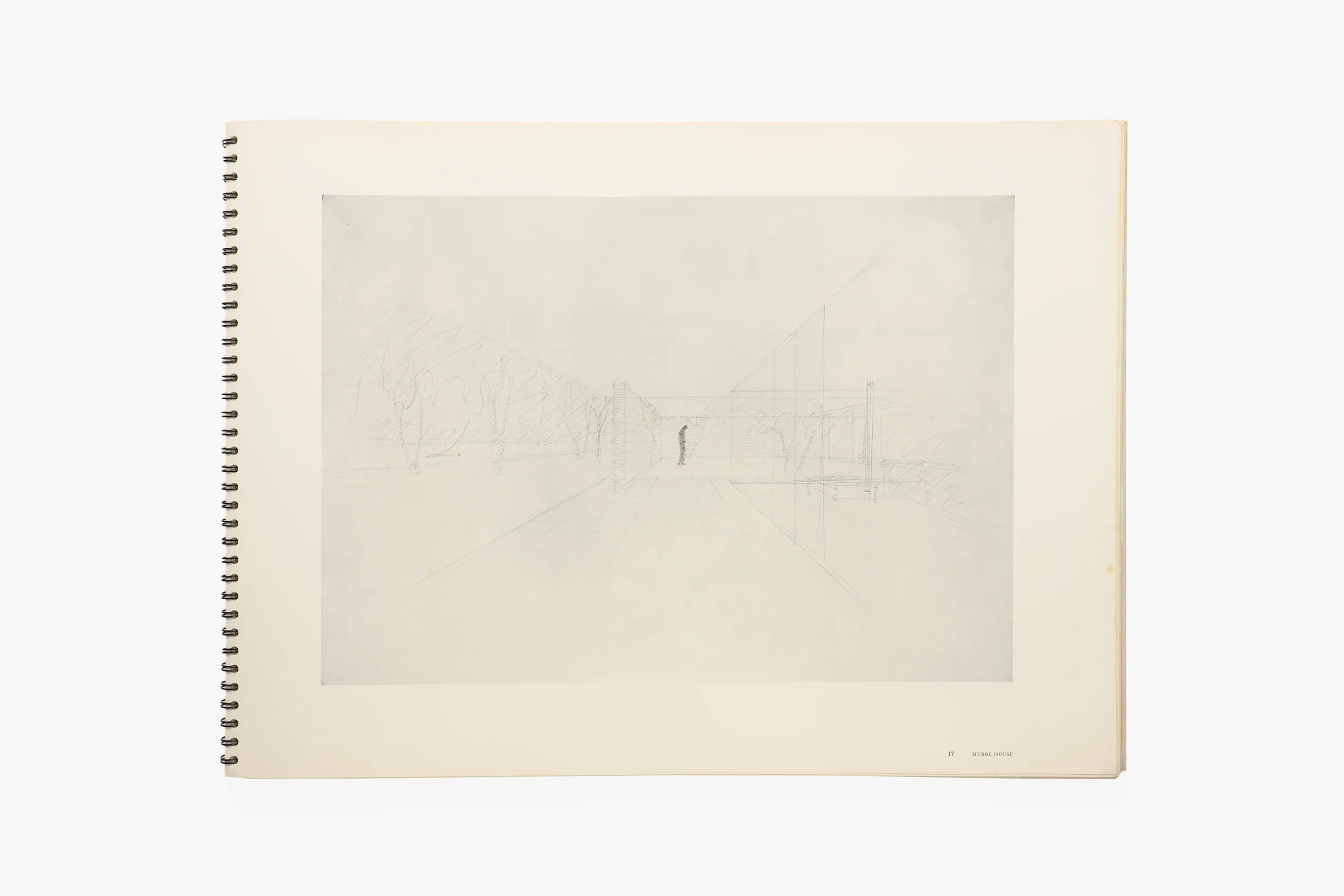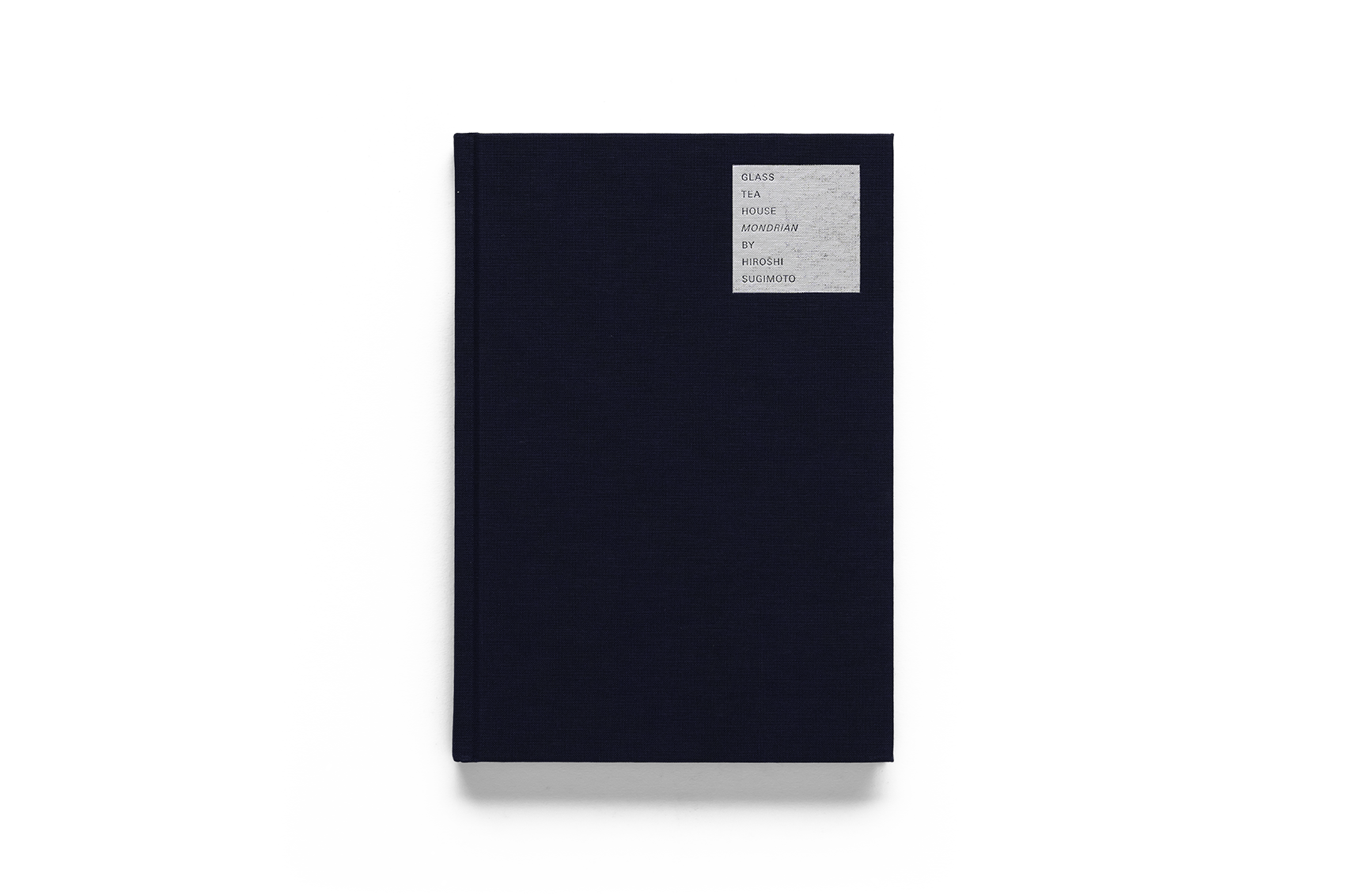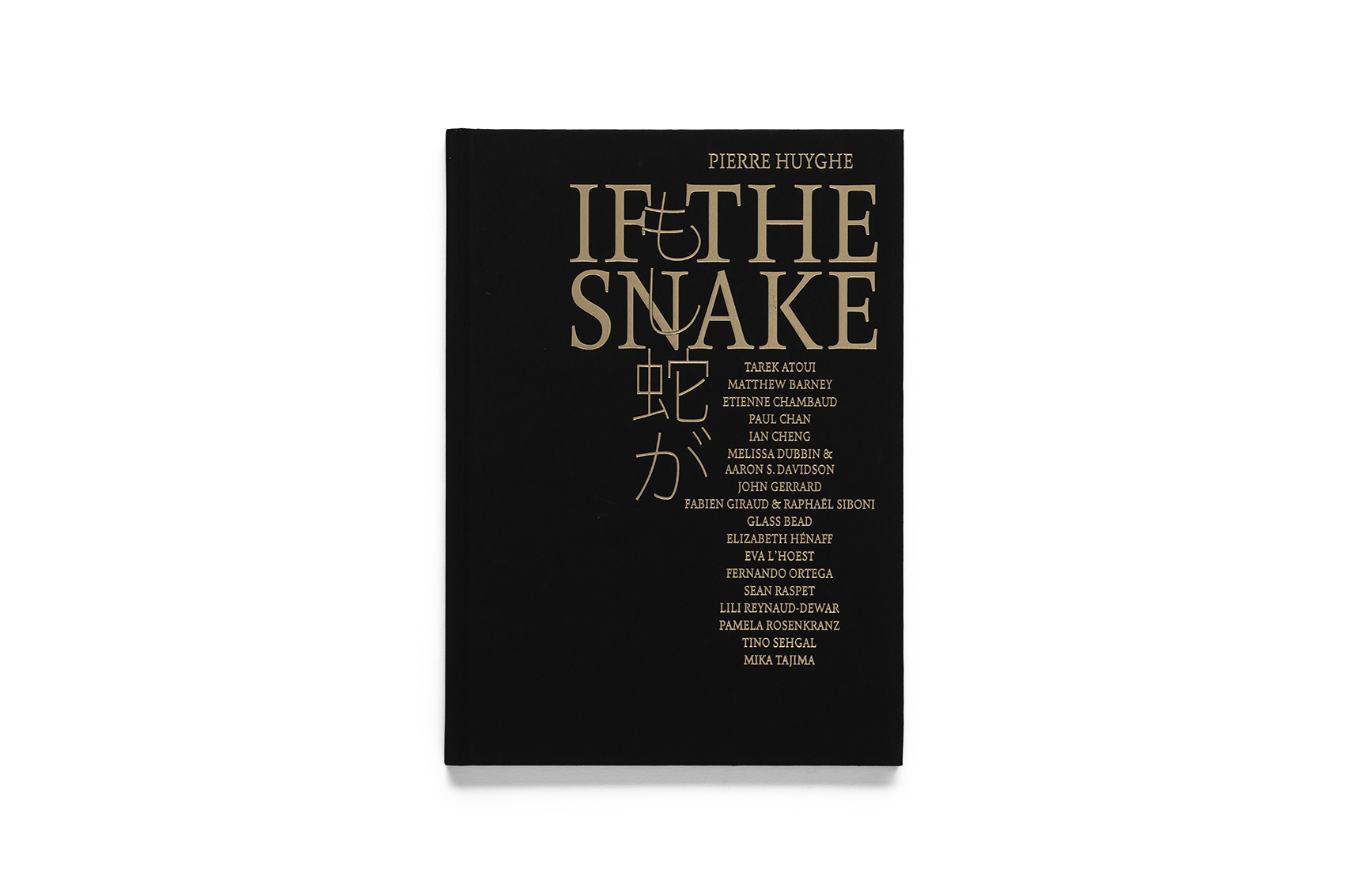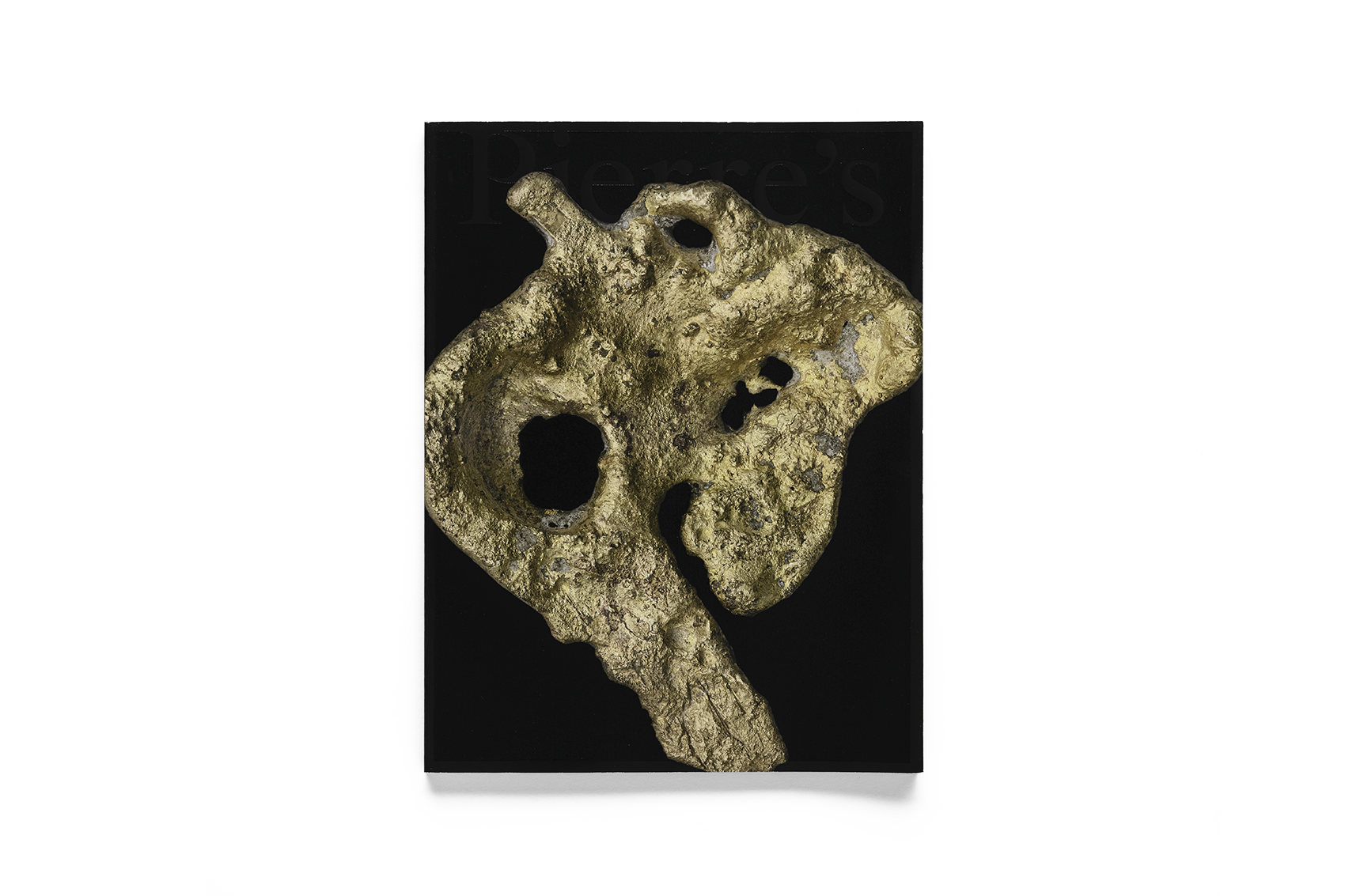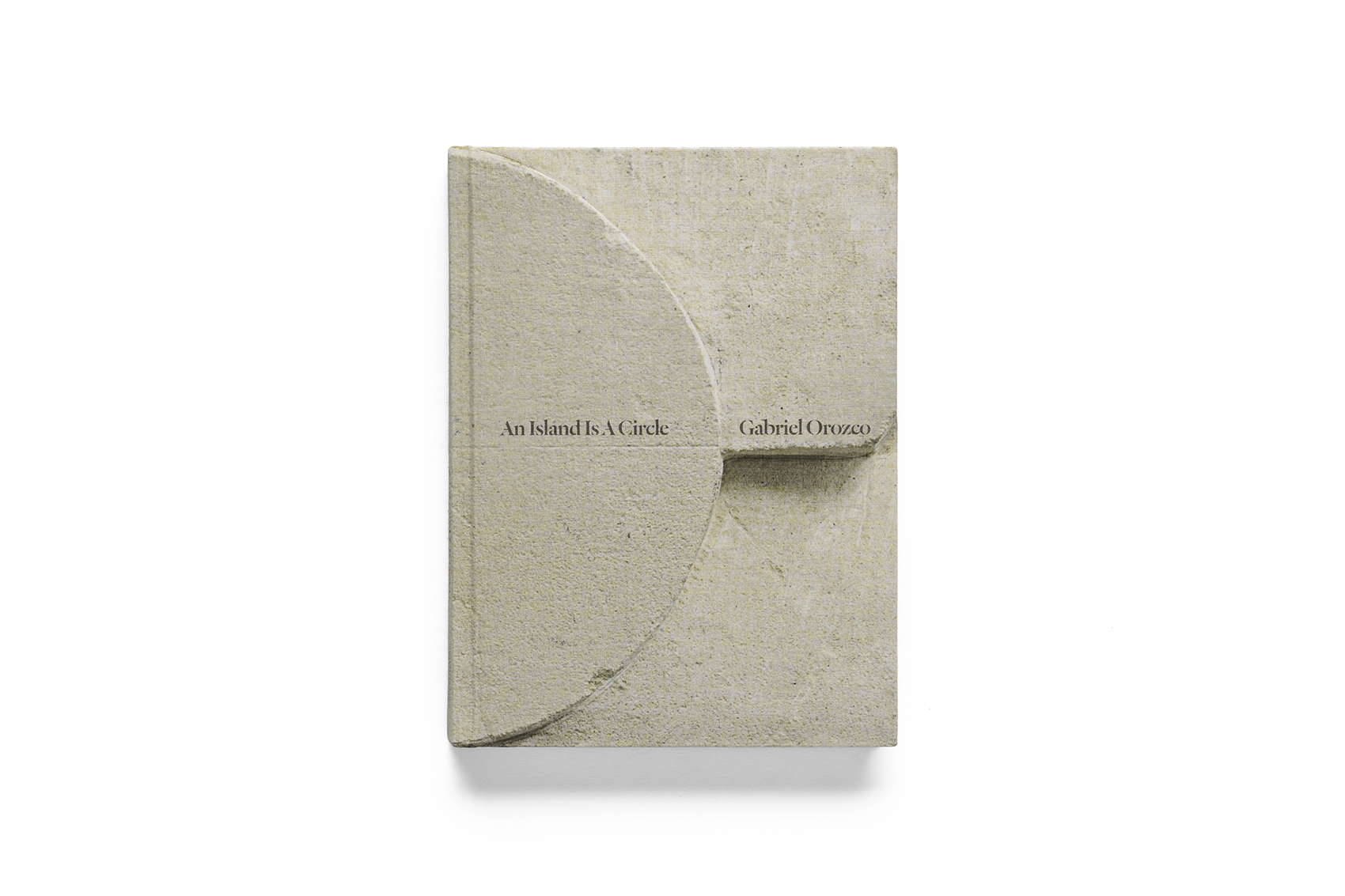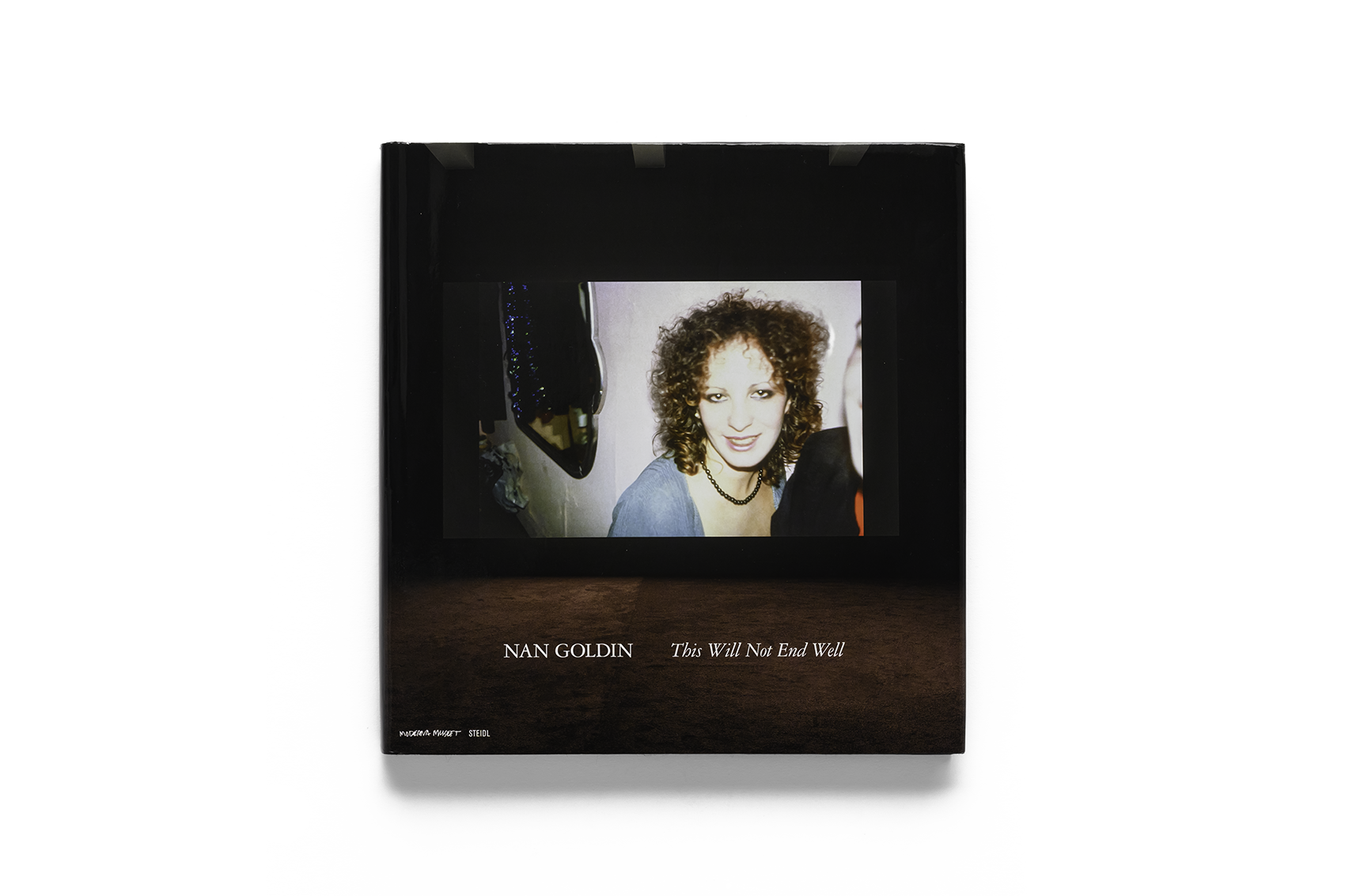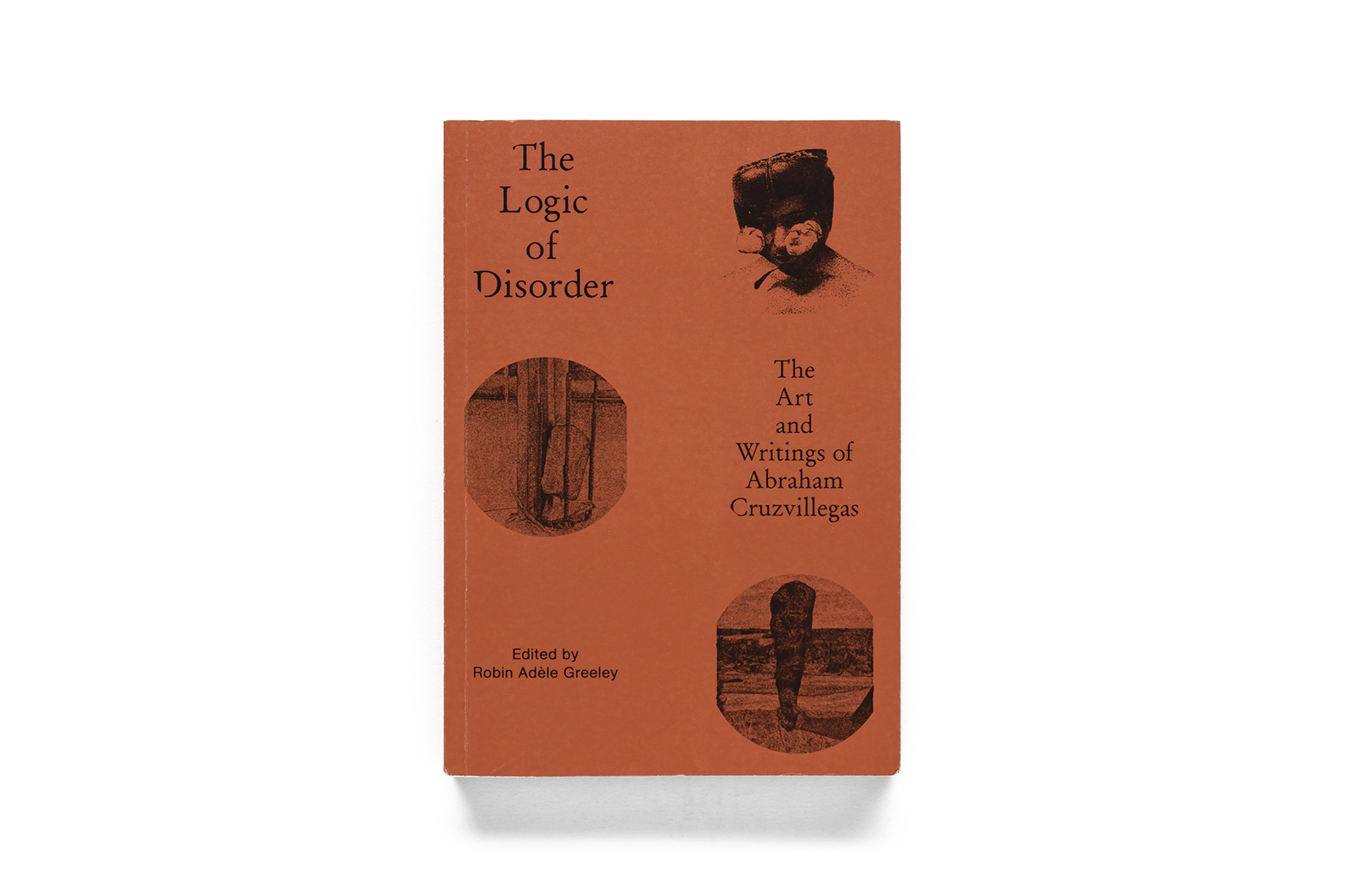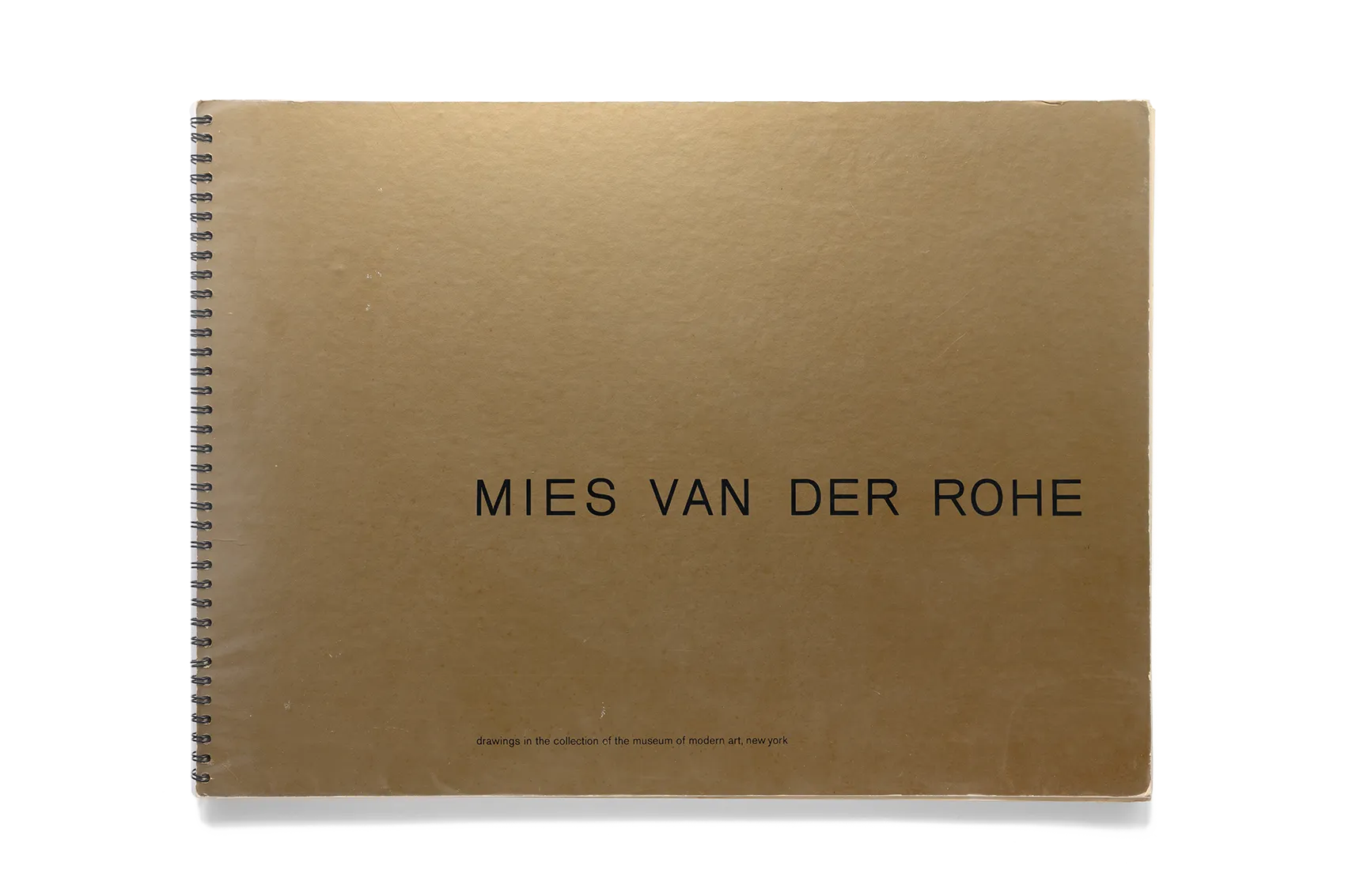
The Museum of Modern Art (MoMA), 1969
Ludwig Mies van der Rohe : Drawings in the Collection of The Museum of Modern Art
Ludwig Mies van der Rohe : Drawings in the Collection of The Museum of Modern Art

The Museum of Modern Art (MoMA), 1969
Mies van der Rohe: Drawings in the Collection of the Museum of Modern Art it is a large collection of works with a total page width of 120 cm after unfolding. It is worth taking a look at the details in front of the table. Content selected from the “Ludwig Mies van der Rohe Archive”, established in the same year of the 1969 edition of the book by the Museum of Modern Art in New York (MoMA), which mainly contains drawings and drawings of unbuilt architectural designs by the German architect Mies (1886-1969), such as the first skyscraper in Berlin Proposal — Friedrichstrasse Office Building, 1921, concrete office Building (Concrete Office Building, 1922), etc. Most of the drawings are printed from the originals provided by the architect, classified by painting technique, including pen sketches, charcoal strokes, and collage images, and some of the contents are 1:1 which restore the proportions of the real manuscript.
According to MoMA's exhibition "Cut 'n' Paste: From Architectural Assemblage to Collage City" (2013), and an introduction to the book, Mies first set foot in the United States in 1937 because of the commission of a vacation cottage across a creek — Resor House, 1937-1941. Even if the owner was not interested in the proposal, Mies continued to finish the design, and two years later he completed the collage with the help of his students. Unlike earlier methods of piecing together actual scenes with photographs, this painting presents a dialogue between architectural manuscripts and collage materials. The painting “Colorful Meal” by Swiss-German painter Paul Klee (1879-1940) occupies a large part of the screen, indicating only the window frames and crosses at the border of the floor and ceiling reveal the contents of the architectural design. The large, rugged mountain landscape behind the window frames not only creates visual extensions, but also distorts and reshapes the rules of linear perspective, but also hints at the architect's fantasies about space.
The American architect and curator Philip Johnson (1906-2005) once hailed Smith's painting as “the most beautiful effect chart of the century,” and this publication full of wonders and rare manuscripts is a valuable addition to the Misys aficionado.
